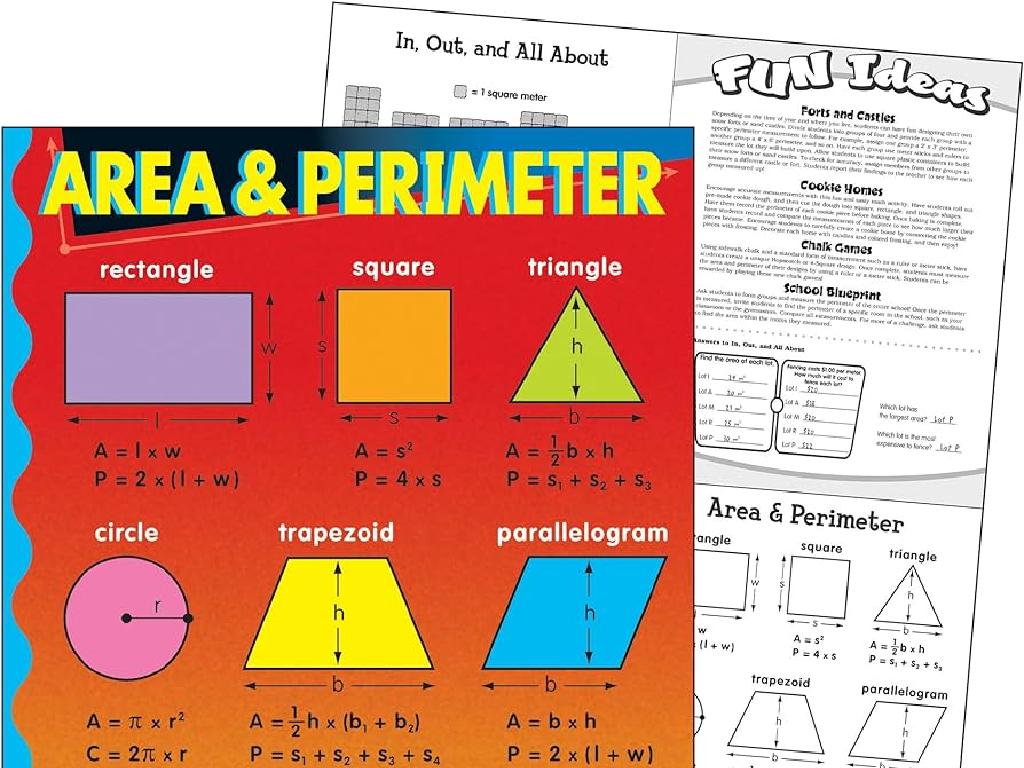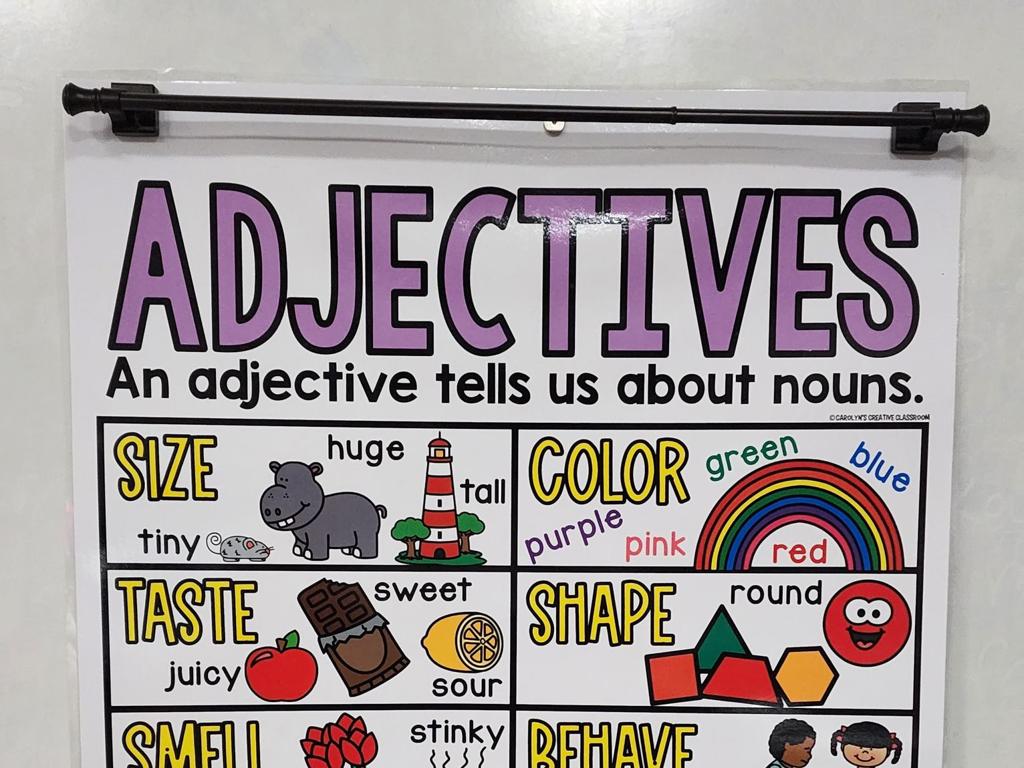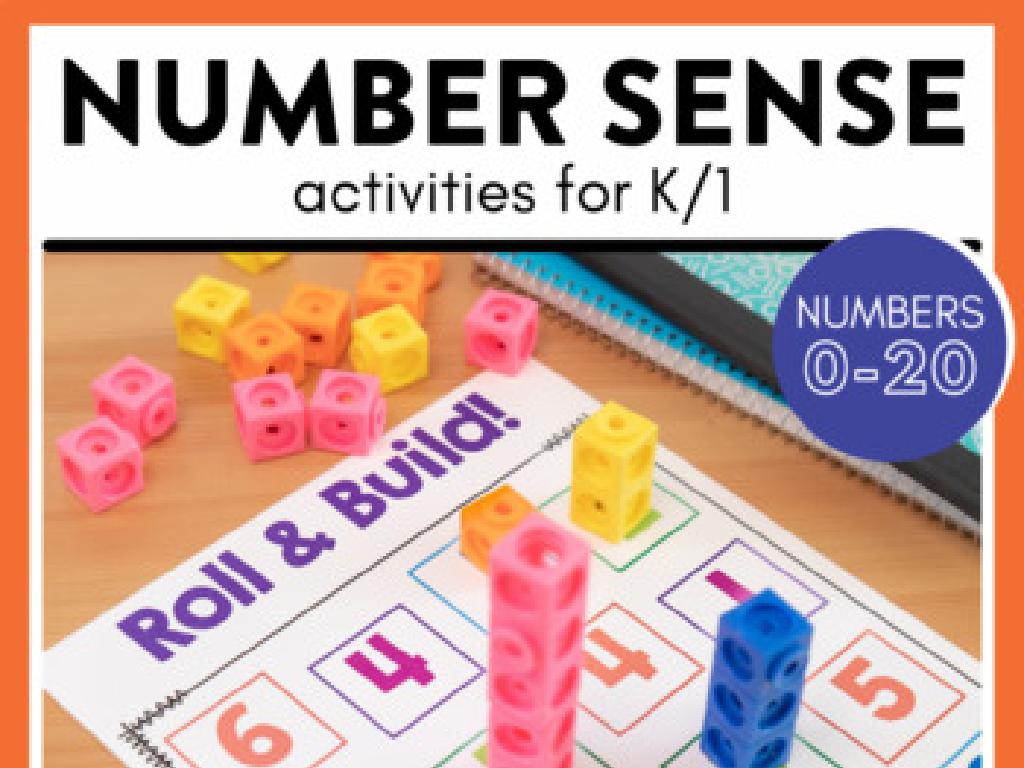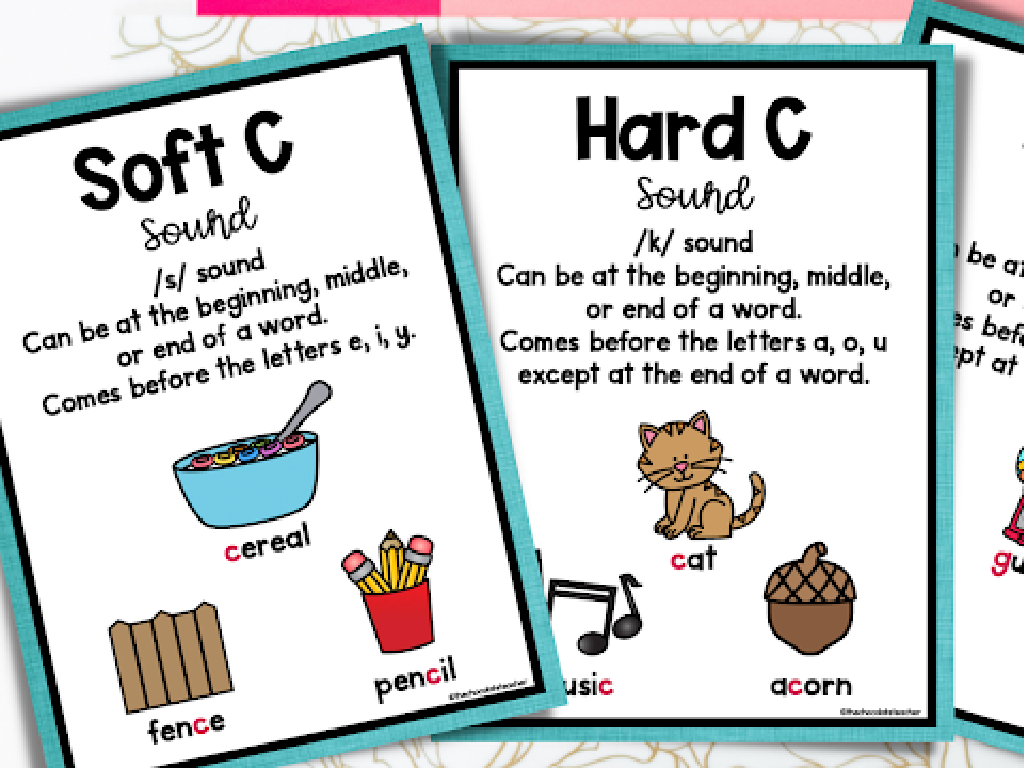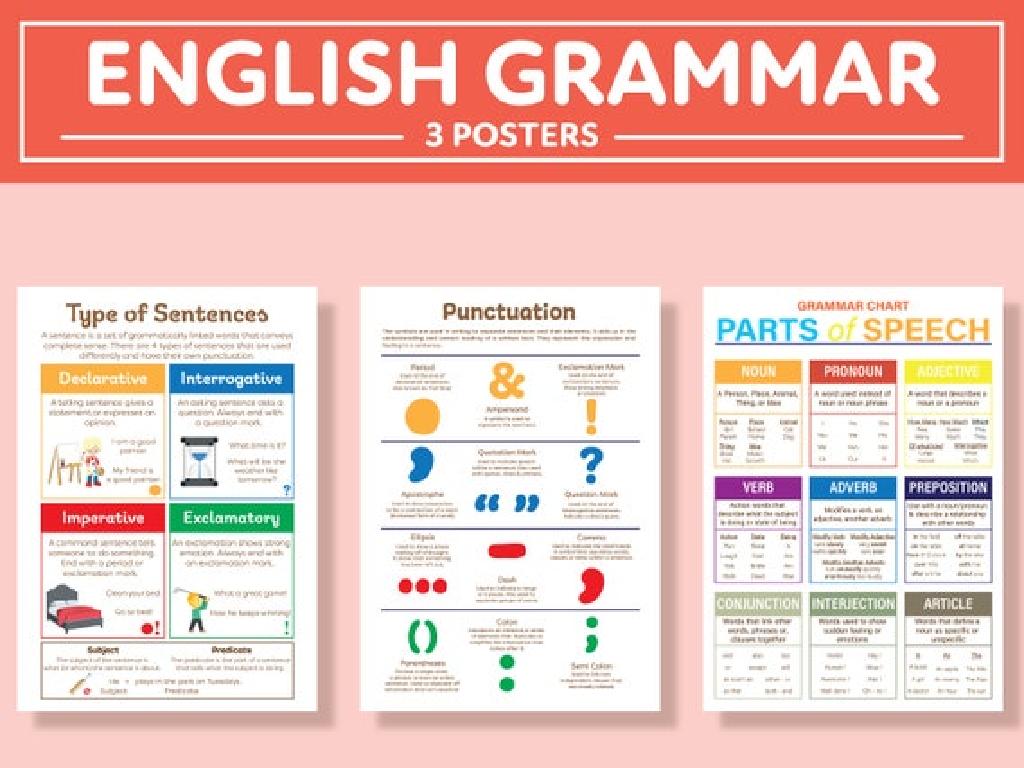Identify The 50 State Capitals
Subject: Social studies
Grade: Fourth grade
Topic: State Capitals
Please LOG IN to download the presentation. Access is available to registered users only.
View More Content
Exploring State Capitals
– Discover the 50 US states
– Learn what a capital city is
– A capital is the city where government buildings are located.
– Each state has a unique capital
– Capitals are often at the center of government and history for the state.
– Capitals’ role in governance
– They are important for state-level lawmaking and leadership.
|
This slide introduces the concept of state capitals within the context of the United States. Begin by showing a map of the USA to familiarize students with the 50 states. Explain that a capital city is where the main government offices of the state are found, including the governor’s office and the state legislature. Discuss why each state has its own capital, often chosen for historical, geographical, or political reasons, and how these cities serve as the hub for state government activities. Encourage students to think about their own state capital and what they might find there, such as museums, capitol buildings, or historical monuments.
Exploring State Capitals
– What is a capital city?
– A capital city is where government leaders work.
– Capital cities’ role in states
– It’s where important decisions are made for the state.
– Capital cities around the world
– Examples: Washington D.C., Paris, Tokyo
– Why capitals are important
– Capitals are centers for history and culture.
|
This slide introduces the concept of capital cities to fourth-grade students. Begin by defining a capital city as the location where a state’s leaders gather to work and govern. Discuss the role of a capital city, including how it is often the hub for political activity and decision-making. Provide examples of well-known capital cities from around the world to give students a global perspective. Emphasize the significance of capital cities as places rich in history, culture, and often tourism. Encourage students to think about what it would be like to visit a capital city and what they might see or learn there.
Mastering State Capitals
– Techniques to memorize capitals
– Use songs, flashcards, and games to help remember each capital.
– Mnemonics for tricky names
– Create funny or memorable phrases to help recall the capitals.
– Explore capitals with interactive maps
– Use online tools to visit each state and its capital virtually.
– Practice makes perfect
|
This slide is aimed at providing students with various strategies to learn and memorize the 50 state capitals. Encourage them to use memorization techniques that work best for them, such as songs or flashcards. Introduce mnemonics as a way to remember more difficult names by associating them with familiar or humorous phrases. Incorporate technology by using interactive maps, which can make learning more engaging. Emphasize the importance of regular practice and repetition in mastering the capitals. Plan to have students share their own mnemonics and participate in interactive map activities to reinforce their learning.
State Capitals Quiz Time!
– Engage in a fun capitals quiz
– Answer multiple-choice questions
– Questions will test your knowledge of all 50 state capitals
– Use hints to recall the capitals
– Think about the region, landmarks, or sounds to help
– Learn tips for memorization
– Mnemonics or associations can aid memory
|
This slide introduces a quiz activity to help students review and test their knowledge of the 50 state capitals. The quiz will consist of multiple-choice questions, providing a fun and interactive way for students to learn. Offer hints and tips to help students recall the capitals, such as associating the capital with a particular characteristic of the state. Encourage the use of mnemonic devices or storytelling to make memorization easier. The activity should be engaging and supportive, allowing students to feel comfortable while they learn. For the teacher: Prepare a set of multiple-choice questions, ensure there are hints available for each question, and consider creating a mnemonic example for a few capitals to demonstrate the technique.
Hands-On Activity: Create Your Capital
– Design your own capital city
– Gather paper and colors
– Choose a unique name for your city
– Think about what makes a capital special to you
– Present your capital to the class
– Share why you picked that name and what it means
|
This activity is designed to engage students’ creativity and understanding of what a capital city represents. Provide each student with paper and colors. Encourage them to think about the landmarks, geography, and culture that make a capital city unique. As they design, they should also come up with a meaningful name for their city. This could be based on a historical figure, a natural feature, or a personal touch. Once completed, each student will have the opportunity to present their capital to the class, explaining their design choices and the story behind the city’s name. For the teacher: be prepared to offer guidance and encourage positive feedback among students. Possible variations of the activity could include working in pairs, creating a capital for an imaginary state, or using digital tools for the design.
Wrapping Up: State Capitals
– Recap the 50 state capitals
– Significance of state capitals
– Capitals serve as the seat of government for each state.
– Introduction to state flags
– Each state has a unique flag representing its history and values.
– What’s next: State Symbols
– We’ll explore the symbols that represent the unique qualities of each state.
|
As we conclude today’s lesson, we’ll review the capitals of all 50 states to reinforce our knowledge. It’s important for students to understand that a state capital is where the state government is located, including the governor’s office and the state legislature. This understanding lays the groundwork for their grasp of state governance. Next class, we’ll dive into state flags, which are rich with symbolism and tell the story of a state’s history, geography, and values. We’ll also preview state symbols, such as the state bird and flower, to get students excited about the diverse characteristics that make each state unique. Prepare a fun quiz or a matching game for the next lesson to make learning interactive and enjoyable.

